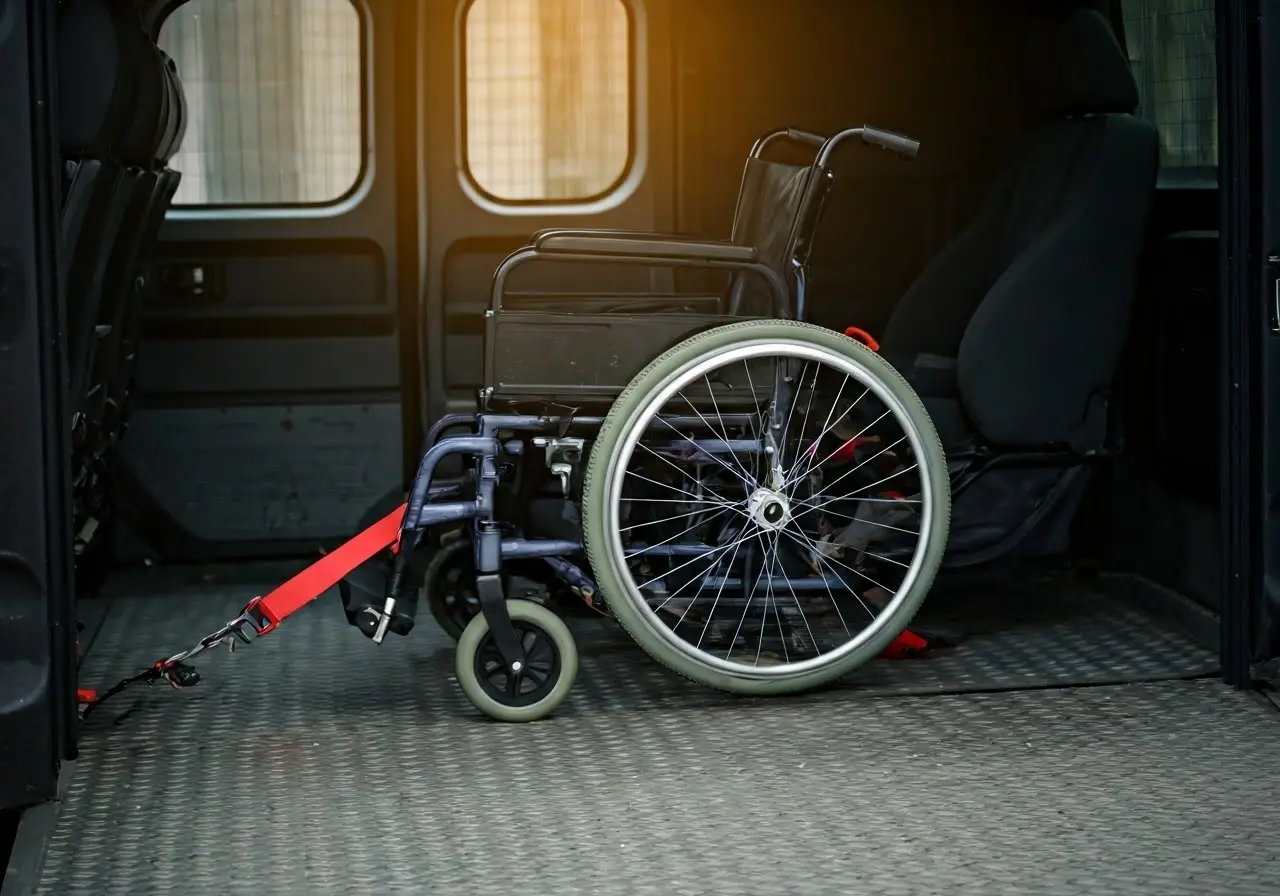Ensuring the safety and comfort of wheelchair users during transport is crucial. Whether you are a caregiver, a family member, or a professional service provider, knowing the best practices can make a significant difference. Here’s a guide with essential tips to help you navigate wheelchair transport in Clifton, NJ, efficiently and safely.
1. Choose the Right Vehicle
Selecting a vehicle that is specifically designed or modified for wheelchair transport is the first step towards ensuring safety. Look for vehicles with ramps or lifts and enough space for the wheelchair. Different vehicles come with varied features, so it’s essential to understand the specific needs of the wheelchair user. Some vehicles are equipped with advanced suspension systems to provide a smoother ride, which can be particularly beneficial for individuals who are sensitive to bumps and jolts.
Additionally, the importance of vehicle modifications cannot be overstated. Features like automated lifts, lowered floors, and securement systems make a significant difference in safety and comfort. It’s worth investing in a vehicle that meets ADA standards and has undergone rigorous testing for wheelchair accessibility. Taking the time to choose the right vehicle ensures that both the caregiver and the wheelchair user will have a safer and more pleasant experience.
2. Secure the Wheelchair Properly
Using the correct tie-downs and securement systems is critical. Make sure the wheelchair is locked in place and doesn’t move during transport. This helps prevent accidents and injuries. Four-point tie-down systems or automatic docking systems are particularly recommended. These secure the wheelchair from all sides, providing stability even in case of abrupt stops.
Proper securement isn’t just about safety; it’s also about comfort. When a wheelchair is secured properly, it prevents shifting, which can cause discomfort or even sore spots for users. Consider the type of wheelchair and ensure the securement system is compatible with it. Ensuring the wheelchair’s brakes are engaged before securing it adds an additional layer of safety.
3. Double-Check Seat Belts and Harnesses
Ensure that the wheelchair user is wearing a seat belt and any other necessary harnesses. These should be properly adjusted to provide maximum security and comfort. Sometimes, just pulling the belts tight isn’t enough; they need to be adjusted in such a way that minimizes movement without causing discomfort.
It’s equally important to regularly inspect these safety devices for any wear and tear. Over time, belts and harnesses can degrade, compromising their effectiveness. Routine checks and maintenance ensure that these vital safety components are always in optimal condition. Properly functioning belts and harnesses substantially reduce the risk of injury in case of sudden stops or accidents.
4. Maintain Clear Communication
Keeping an open line of communication with the wheelchair user is important. Inform them about each step of the process and address any concerns they may have. Clear communication ensures that the wheelchair user feels involved and aware of what’s going on, which can significantly reduce any anxiety or stress related to the transport.
Also, if there are any changes or unexpected delays during the journey, inform the user promptly. This level of communication fosters trust and helps in creating a more relaxed and comfortable environment. Adjustments based on the feedback from the user can lead to improvements in the transport process, further ensuring their safety and comfort.
5. Plan Your Route Ahead of Time
Familiarize yourself with the route beforehand. Look for any potential obstacles or points of difficulty, such as construction zones or steep inclines, and plan accordingly. Using a route that avoids frequent stops or heavy traffic can make the journey smoother for the wheelchair user.
Using a GPS can be extremely helpful in this regard. Not only does it help in navigating through less congested roads, but many modern GPS systems also offer real-time traffic updates. This proactive approach can make a significant difference in the time and comfort of the journey. Ensure the vehicle’s navigation system is updated regularly to benefit from the latest route optimizations.
6. Conduct Regular Vehicle Maintenance
Regularly check and maintain the vehicle to ensure it remains in good working condition. Pay special attention to the ramps, lifts, and securement devices to ensure they are functioning properly. Maintenance isn’t just about engine checks; it extends to the wheelchair accessories and systems within the vehicle.
Keeping a detailed log of maintenance activities can be very helpful. Knowing the last time a part was replaced or a system was inspected ensures that no component is overlooked. This preventive approach minimizes the risk of sudden breakdowns or malfunctions during transport, thereby ensuring continuous safety for the wheelchair user.
7. Be Patient and Take Your Time
Transporting a wheelchair user can sometimes take longer than usual. Be patient and avoid rushing through the process. Taking the time to do things right ensures safety and comfort for everyone involved. Remember, it’s better to arrive a few minutes late than compromise on safety standards.
Additionally, patience allows you to handle unforeseen situations calmly and effectively. Whether it’s dealing with an unexpected obstacle or making necessary adjustments on-the-go, a patient approach ensures that decisions are made thoughtfully and in the best interest of the wheelchair user. Consistently prioritizing the user’s safety and comfort will always yield the best outcomes.

